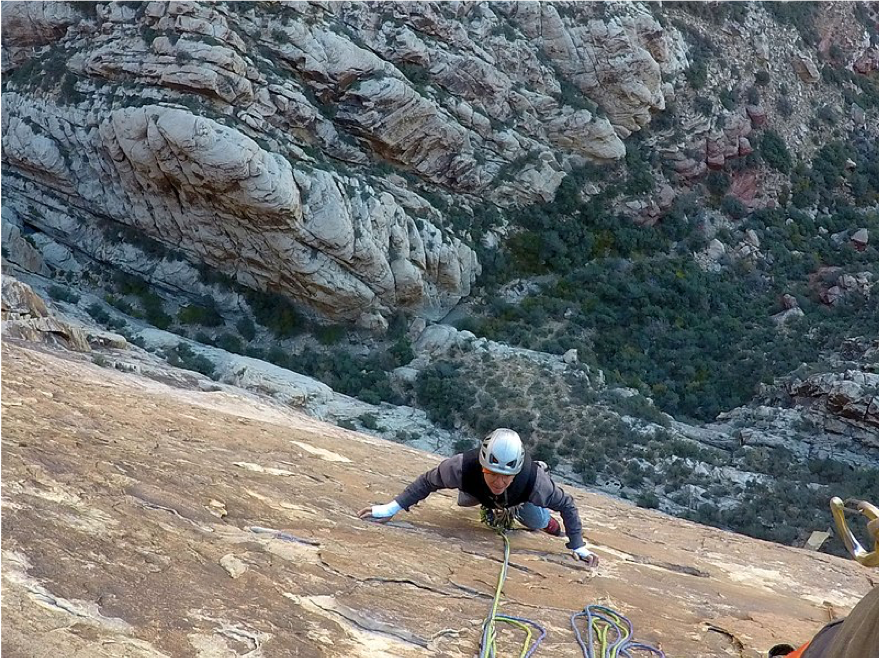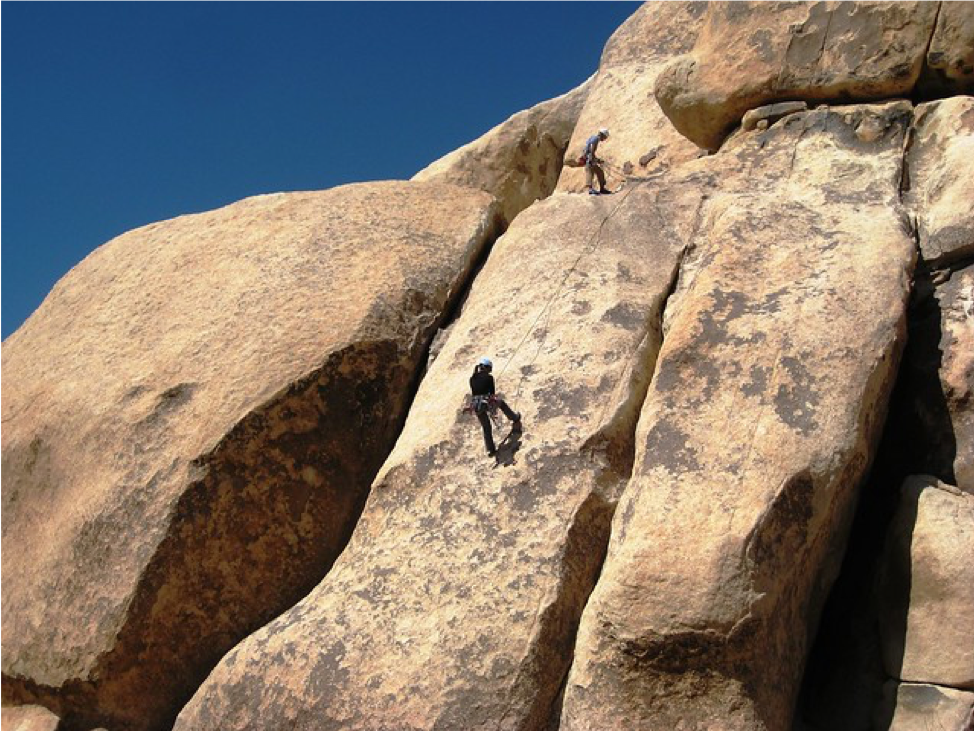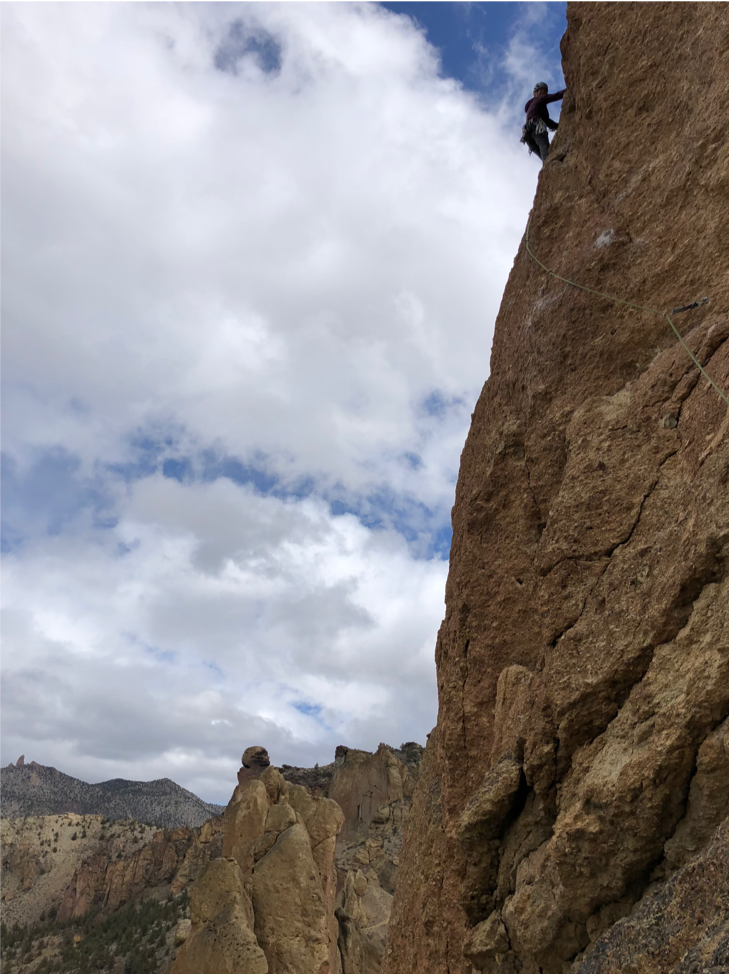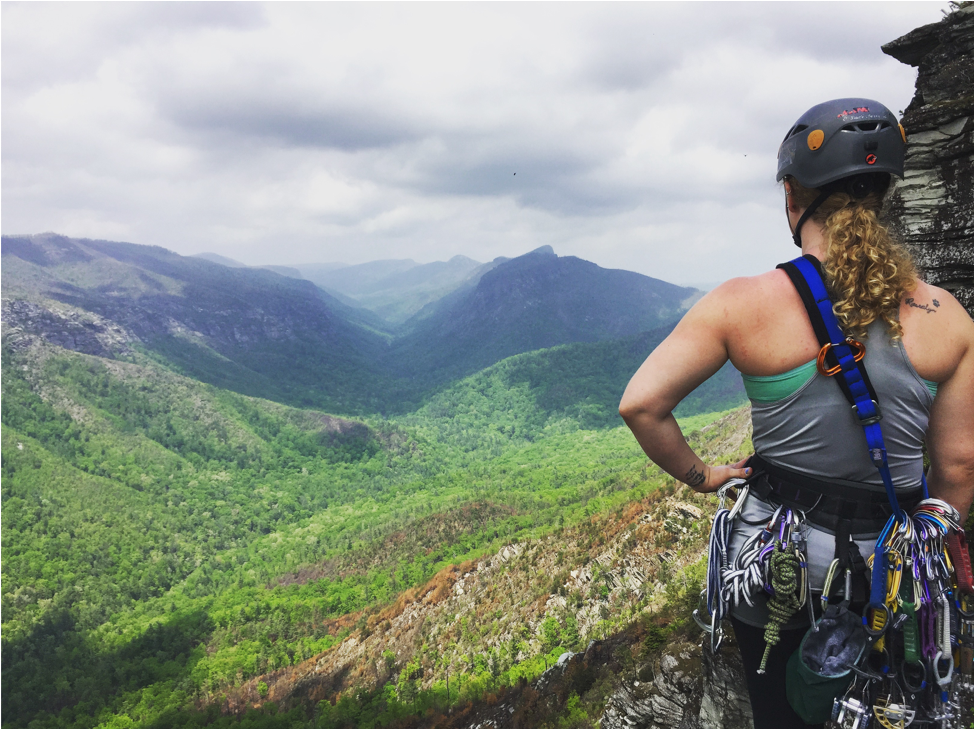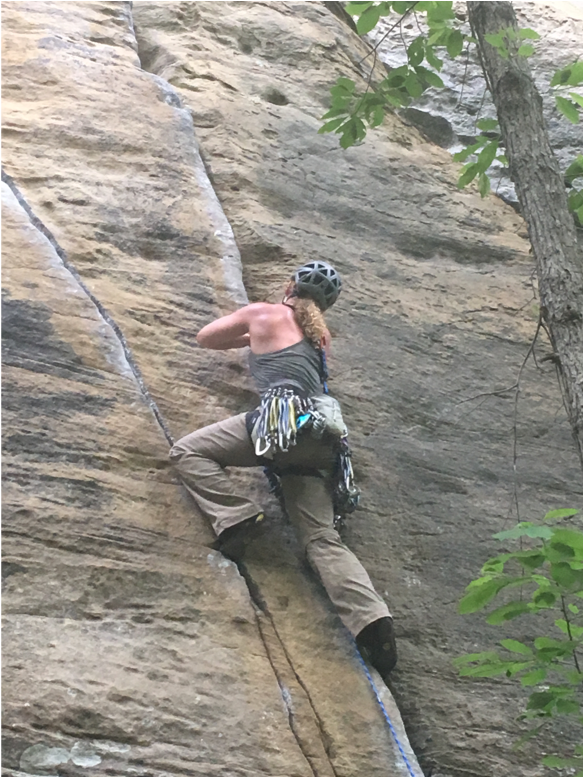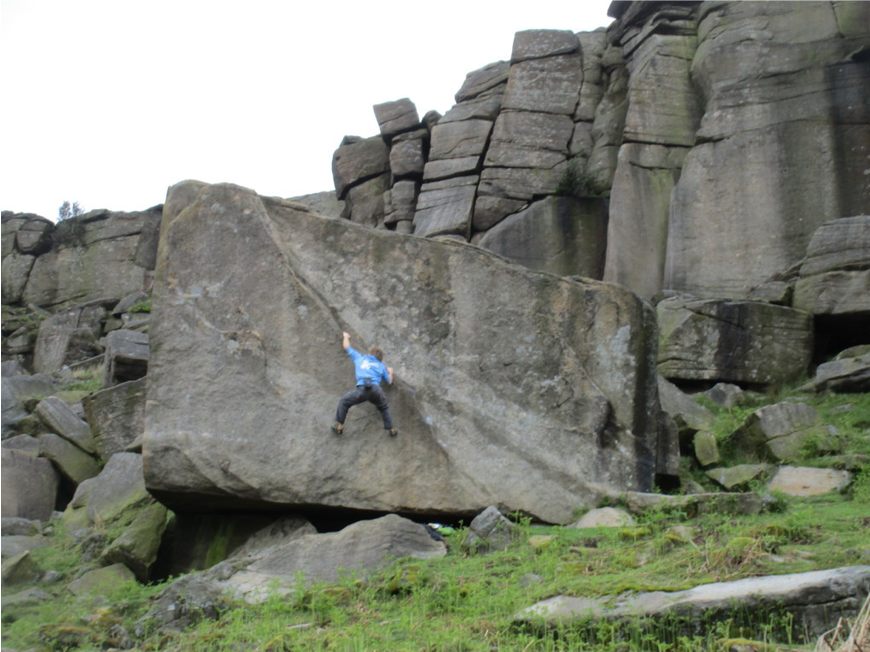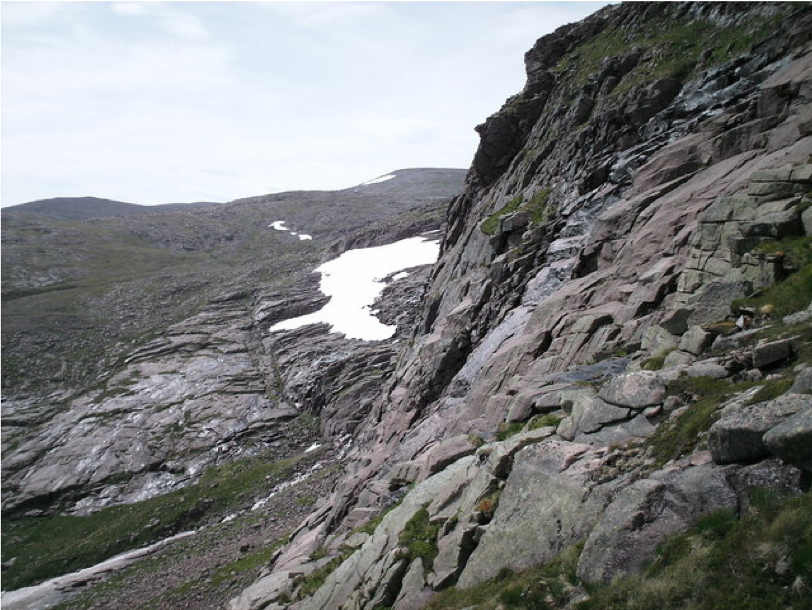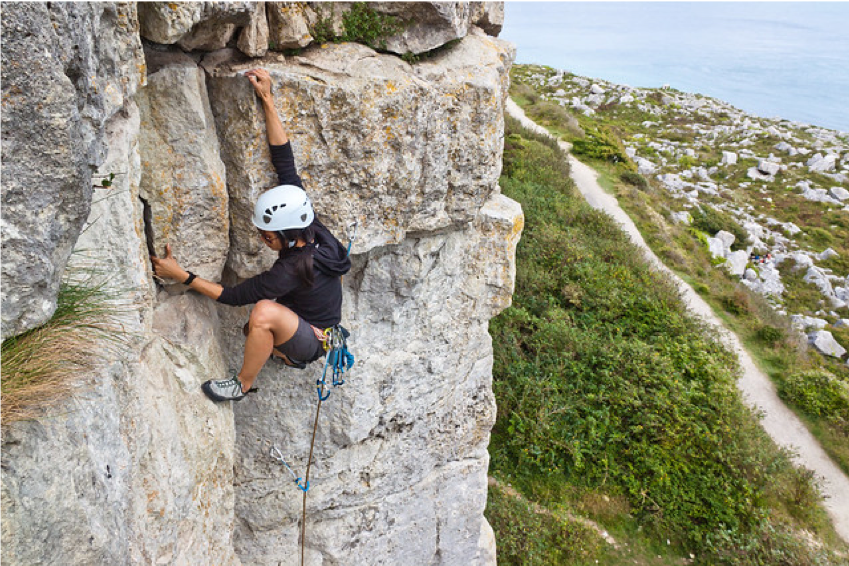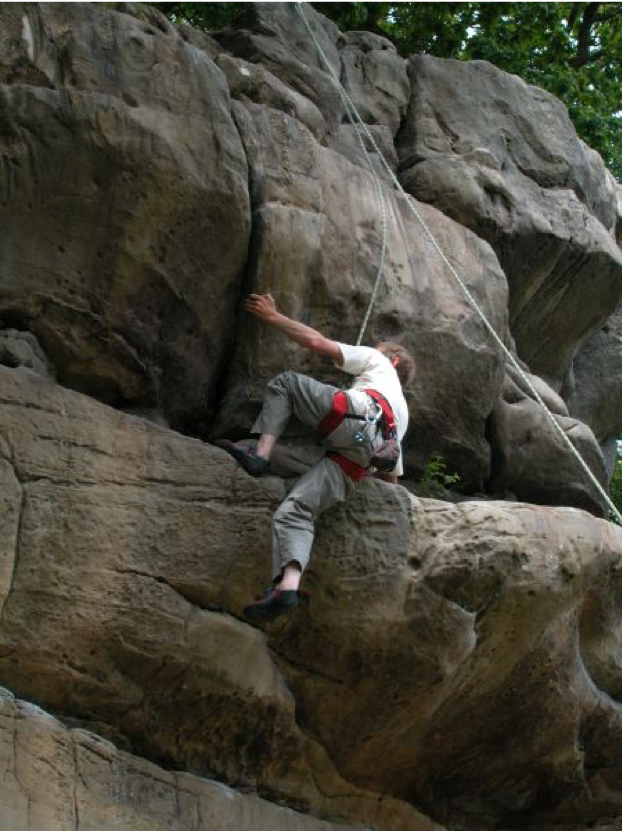Most outdoor sports are seasonal and hungry participants often spend the off-season pining for time to pass.
Fortunately, rock climbing isn’t one of these. It’s true most crags around the United States and the United Kingdom boast prime spring and fall climbing seasons.
For alpinists, routes are most accessible in mid-summer when the snow has melted from the mountain tops. But there are many southern-facing cliffs and crags at lower elevations that serve as quality areas for winter climbing.
The top winter climbing destinations in the US and the UK receive plenty of sunlight and are typically located in southern regions, at low elevations or desert climates.
So don’t hang up your harness when the temperatures start to drop.
Instead, embrace the idea of climbing at crags with no crowds, worrying less about sweaty palms and crimping with ease on grippy rock — an ideal recipe for pushing the grades.
Use this guide to learn more about the best winter rock climbing destinations.
Red Rock — Nevada, USA
Red Rock is located in southern Nevada just outside of Las Vegas.
Thousands of routes and generally warm year round weather make for an ideal winter climbing destination. The area’s sandstone and limestone cliffs are grippiest in cooler temperatures with Mountain Project delineating its prime climbing season from October-April.
Red Rock offers something for everyone, although more than 50% of the climbing is traditional.
There is a collection of quality sport climbing, bouldering and a small percentage of the area available for top-roping.
Classic climbs abound ranging by grade on the Yosemite Decimal Scale from 5.6 to 5.12d and from single pitch routes to those with more than a dozen pitches. Some of the most famous routes are Epinephrine (5.9), Hyperglide (aka Monkey Pinch) V5 and Divine Comedy (5.10a).
Joshua Tree — California, USA
Joshua Tree National Park is located in sunny southern California. This world-famous climbing area comprises thousands of routes and boulder problems.
The quartz monzonite rock makes friction climbing a bit spicy — an added reason to climb in cooler temperatures. Mountain Project defines prime climbing season from November-May.
Most of the climbing in Joshua Tree is single-pitch, but there are a few exceptions.
The majority of the routes require placing gear but it’s balanced out with thousands of boulder problems and some classic sport lines.
The abundance of classic climbs range by grade on the Yosemite Decimal Scale from 5.4 to 5.12a. A few of the most famous lines include Double Cross (5.7+), Touch and Go (5.9), and Illusion Dweller (5.10b).
Smith Rock — Oregon, USA
Smith Rock is Oregon’s premier climbing destinations, catering to dedicated sport climbers from around the world.
The high desert climate makes for generally warm winter temperatures and little precipitation.
More than 60% of the routes are bolted but the area also has a moderate amount of traditional and top-rope accessible climbing. Another bonus is the straightforward approaches and well-maintained trails, making for easy access.
Coveted for its concentration of high-quality sport routes, the climbs range from single pitch to up to five pitches.
A stick clip and a strong head are recommended here as many of the first bolts are high off the ground.
The classics range by grade on the Yosemite Decimal Scale from 5.4 to 5.12c. With over 1500 routes, there’s plenty to keep you coming back — winter after winter.
Linville Gorge — North Carolina, USA
Linville Gorge is the east coast’s haven for adventure-seeking climbers. The location serves as a dedicated training ground for southerly located alpinists during the off-season.
A predominance of low-angle quartzite makes for desirable climbing in cooler temperatures.
Linville Gorge is composed primarily of traditional multi-pitch lines, with Hawksbill and Shortoff Mountain attracting the more hardcore crowds.
Areas like Table Rock and The Amphitheater provide for more moderate routes, but nowhere in the gorge lacks for exposure, breathtaking views or a taste of adventure.
While the prime climbing season peaks in early spring and late fall, North Carolina boasts mild winters and south-facing cliffs — like Table Rock and Shortoff Mountain — which allow for comfortable year-round outings on rock.
A high concentration of moderate classics is a huge draw for amateur trad leaders. Dozens of classic multi-pitch climbs range by grade on the Yosemite Decimal Scale from 5.4-5.9.
Experienced trad leaders should check out the harder classics including the three-pitch Built to Tilt (5.10a/b), The Open Book (5.11b) and Turkey Beard (5.12a).
Red River Gorge — Kentucky, USA
The Red River Gorge is the midwest’s sport climbing mecca. Also referred to as “The Red” the area’s otherwise quiet countryside revolves around the rock climbing community.
Miguel’s Pizza restaurant and climber-only campground serves as the Red’s epicenter, attracting hardcore pump-seeking climbers from around the world.
The Red River Gorge boasts over 2,000 climbs with classics ranging from 5.3 to 5.12d as graded on the Yosemite Decimal Scale.
Late fall and early spring serve as the prime climbing seasons but climbers flock to the Red during winter and often stay the season for unlimited access to training on juggy, overhanging sandstone projects.
A few of the highest ranked classics include 27 Years of Climbing (5.8), Pogue Ethics (5.9+), A Brief History of Climb (5.10b) and Amarillo Sunset (5.11b).
Stanage Edge — England, UK
Stanage Edge is located in England’s Derbyshire region and touted as the most famous gritstone crag in England.
Over 1300 routes, bomber rock and proximity to both Sheffield and Manchester attributes to its overwhelming popularity. Stanage Edge is primarily a trad climbing destination but offers some quality boulder problems as well.
While its peak climbing season is summer, clear winter days provide for the best friction. Temperature highs in winter average 40-50 degrees Fahrenheit — warm enough for serious projecting.
Routes range from 4a to 7a on the British Traditional Grading Scale. Some of the most classic climbs include Unfamiliar (E7 6c), Tower Chimney (E1 5b) and The Archangel (E3 5b).
Stanage Edge is renowned for its high-quality boulder problems like The Crescent Arete (Fb 5+) and Not to be Taken Away (Fb 6c).
Cairngorms — Scotland, UK
The Cairngorms are a mountain range located in the eastern highlands of Scotland and regarded by many as the epicenter of Scottish winter climbing.
Despite easy access, the location can feel extremely remote. The Cairngorms are home to a collection of trad, alpine, ice and mixed routes.
There is a variety of quick and easy routes for poor weather days complimented by long hard routes best reserved for good weather.
Fifty of the best winter climbs are accessible from the Cairngorm ski car park according to the UKC. These classics range in difficulty from II to VI 6, making for something for any ability level.
Portland — England, UK
Portland serves as the premier sport climbing destination in the United Kingdom. Located off the south coast of Dorset, Portland is accessible by causeway from the mainland.
Renowned for its sport climbing and deep water soloing, there are opportunities for bouldering as well. A few of the most famous bouldering areas in Portland include Blacknor Beach, The Cuttings and West Weares.
Portland is climbable year-round, with winter temperature highs in the upper 40-50 degrees Fahrenheit. The route grades range from 5.easy to 5.13 on the Yosemite Decimal Scale.
The seaside crags offer a variety of rock types like the chert on the Neddyfields and Godnor cliffs and the compact limestone at Battleship.
The Cuttings area is located inland, offering more sheltered climbing options on days when the seas are volatile. On windy days, consider the East-facing crags which offer protection from the South-Westerlies.
Bowles Rocks — England, UK
Bowles Rock is located in the South East climbing area outside of London.
Bowles Rock is the single best outcrop of sandstone in the area, with a variety of quality route offerings at every grade.
It’s situated in the Bowles Outdoor Center, meaning paying an access fee is required — but the funds provide for maintenance of the cliff tops.
The area offers mostly top-roping with routes up to 10m in height.
There are also opportunities for soloing and bouldering. Some of the most popular routes include Pig’s Nose, Larchant, Fandango and Digitalis.
Bowles Rocks is popular with climbers year-round, making for an ideal winter climbing destination.
Cornwall — England, UK
Cornwall is located in the southwestern-most region and boasts some of the best climbs in the country. Three of the most legendary crags are Bosigran, Chair Ladder, and Land’s End.
The area comprises mostly traditional routes on a variety of rock including granite, shale and slate.
The Land’s End crag provides for some of the most challenging routes in the E3 and above grades, such as Longships Wall (E3 6a) and Day Tripper (E4 6a).
The Bosigran crag is home to a variety of low-grade single and multi-pitch classics, including Door-post (HS 4b) and Little Brown Jug (VS 5a).
